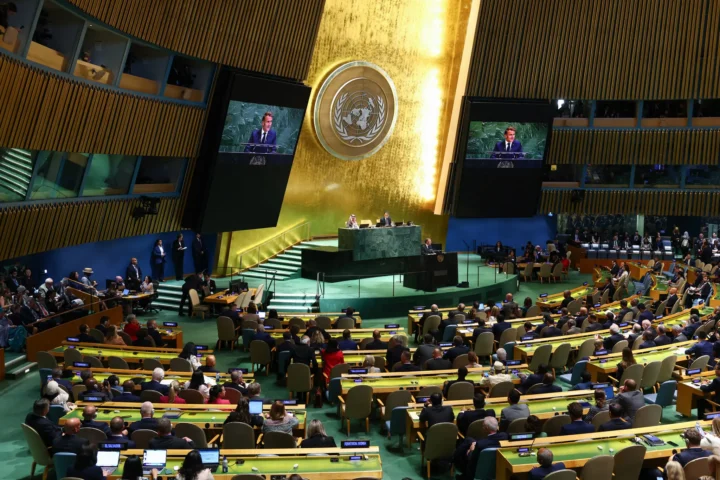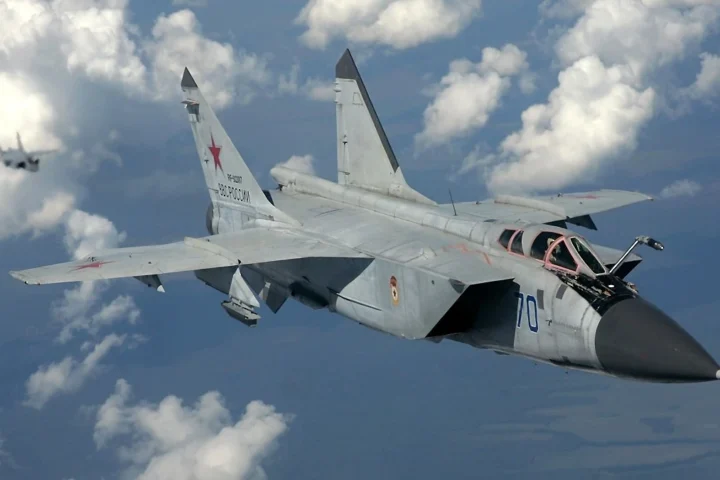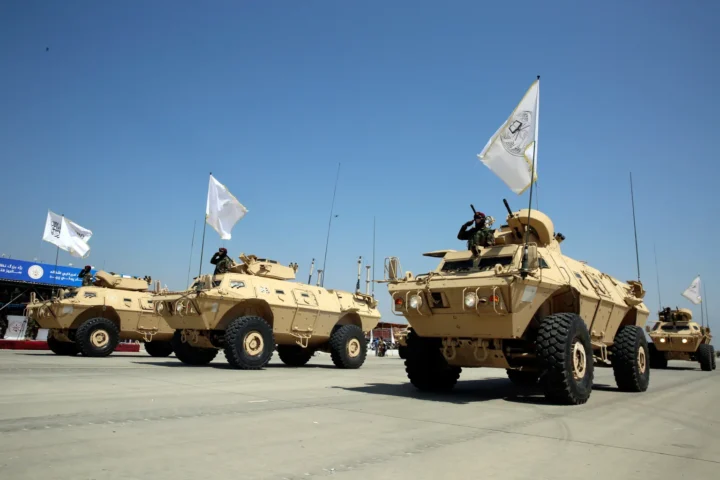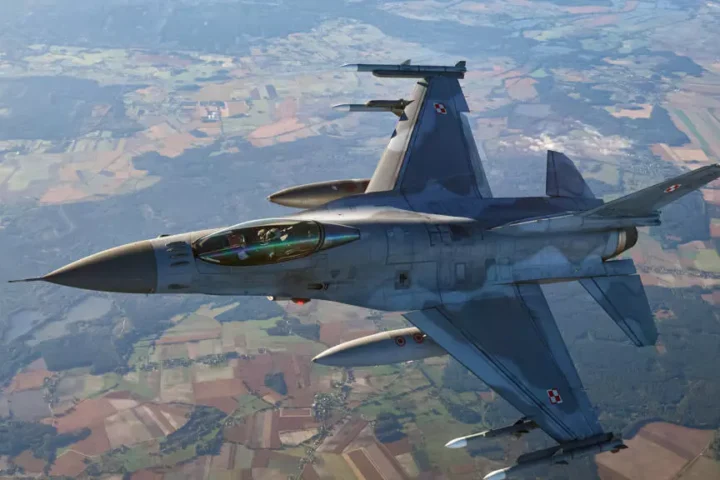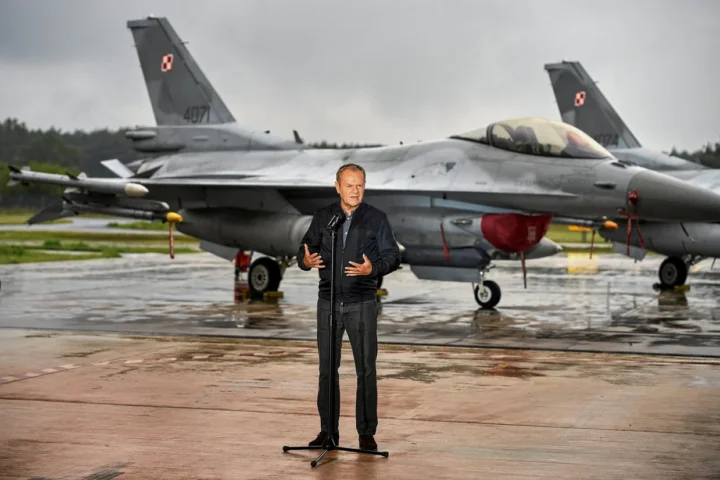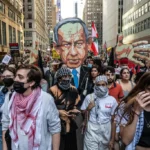Aid From the Sky
Canada’s military dropped aid into Gaza today—its first direct delivery in the middle of a war zone. A Royal Canadian Air Force plane released over 21,000 pounds of food and medical supplies into areas picked out in advance. The airdrop came after months of growing desperation in Gaza and was part of a joint push with other countries trying to get help to people trapped by the fighting.
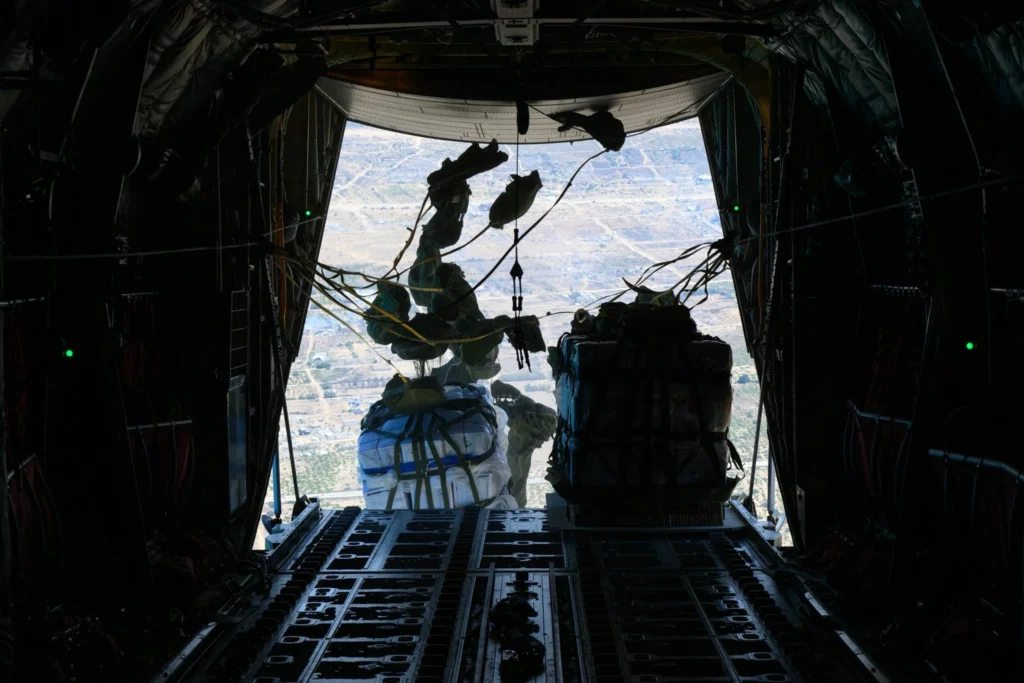
Planned to the Inch
The drop took weeks to plan. Supplies were packed to survive the fall and be picked up quickly. Canada worked closely with other countries doing the same thing, lining up flights and securing the airspace. This marks a change for Ottawa—moving from quiet funding in the background to using its military to put aid directly into people’s hands.
Canada Pushes Back
At the same time, Canada called out Israel. Foreign Minister Mélanie Joly and Defence Minister Bill Blair said blocking aid breaks international law. It was one of the strongest public criticisms Canada has made since the war began—clearly showing Ottawa is now more willing to speak up when it sees lines being crossed.
Shift Under Pressure
This wasn’t a sudden move. Canada had been under pressure for weeks—from within and from global allies. With food running out and hospitals barely holding on, aid groups warned of disaster. Ottawa’s switch from back-end support to direct action says a lot about the stakes—and the cost of standing by. It also helps Canada keep its reputation as a country that shows up when it matters.
Aid and Politics Collide
Aid groups welcomed the mission. But Israel won’t like it. Israeli leaders say their controls are about stopping weapons, not food. But Canada’s sharp words challenge that. Now, Ottawa is walking a fine line—trying to help people without blowing up a key relationship. That’s going to get harder if this keeps up.
Risk in Every Drop
Dropping aid in a war zone is dangerous. Pilots have to dodge conflict zones, line up exact flight paths, and get the drops right—no room for error. The weather, timing, and clearance all had to be perfect. For Canada’s military, it was a chance to prove they can pull off complex missions even when the stakes are sky-high.
What It Means for Gaza
For people in Gaza, this was a small lifeline. The aid won’t be enough—ten tonnes can’t cover what’s needed—but it helps. And maybe it opens the door for more. Groups on the ground say every bit counts right now, especially with land routes still mostly blocked.
More to Come?
Canada says this is part of a larger plan. More money is going to aid groups, and more airdrops are on the table if the situation doesn’t get better. Ottawa wants to be both a helper and a voice—pushing for open aid routes while stepping in when those fail.
Where This Goes Next
Will this be a one-time show or the start of a longer effort? That depends. If talks break down or violence gets worse, Canada may keep flying in supplies. But doing that while clashing with Israel publicly could strain things fast. The next steps will show how far Canada’s willing to go for its principles.
Canada’s Line in the Sand
Today’s mission could mark a turning point. Canada didn’t send troops to fight—but it did send them into a war zone to help civilians. That says something. Ottawa’s message is clear: it won’t stay silent just to keep partners happy. If basic rights are at risk, Canada’s willing to act—and speak up.


